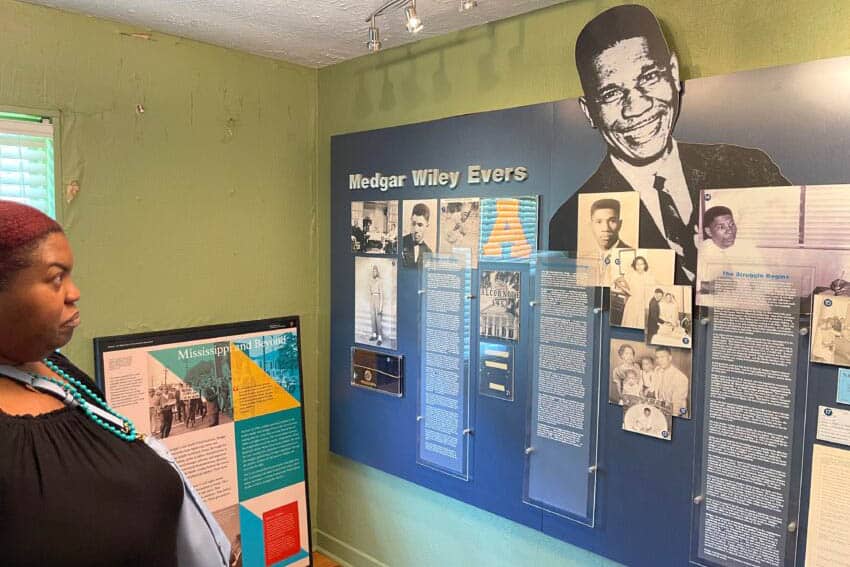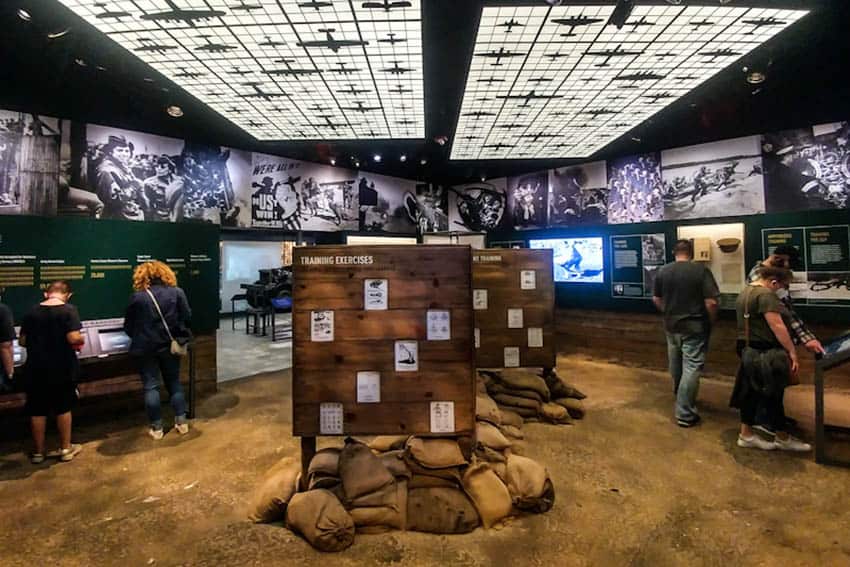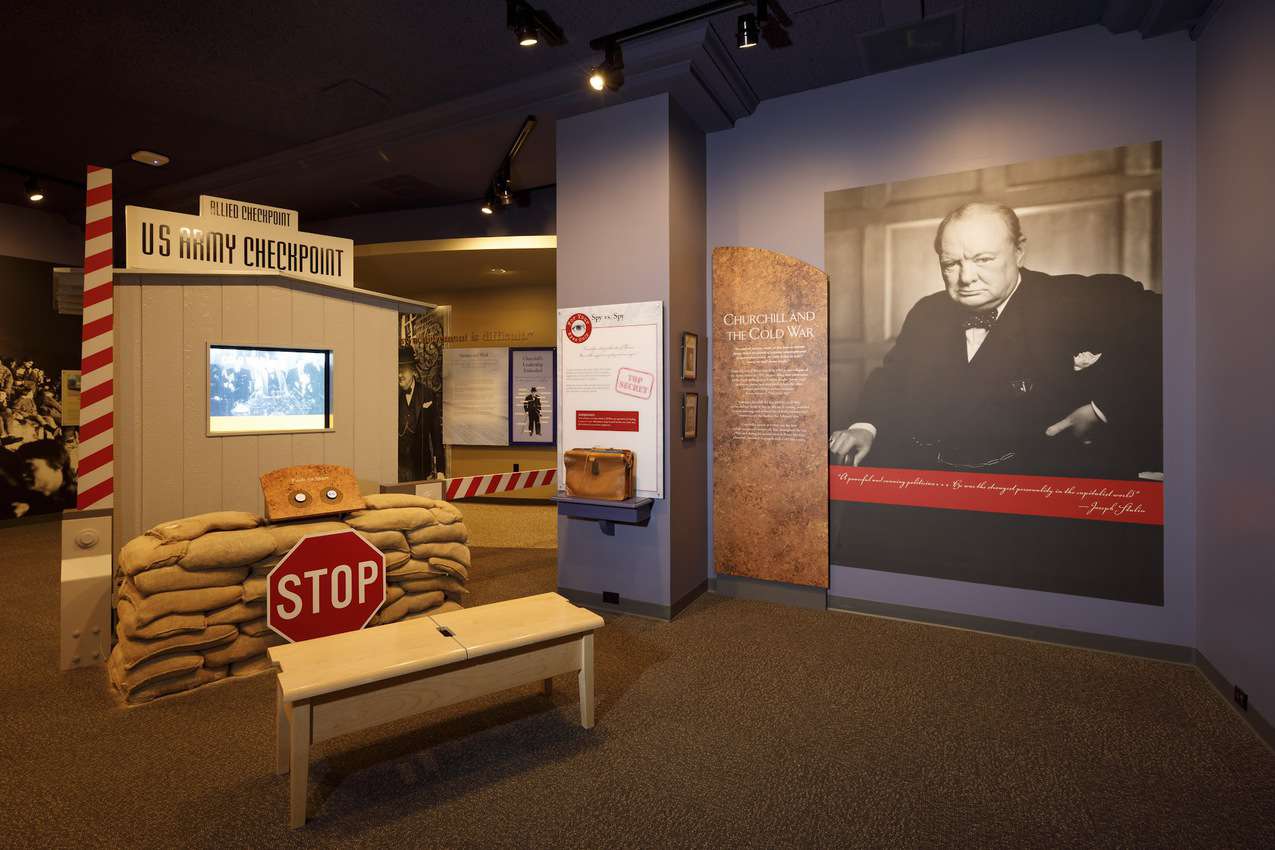
A Spacious Museum Dedicated to the Invention that Changed Everything: The Computer
By Taylor Owens
If you are really looking to get your geek on, the Computer History Museum in Mountain View, California lets you get right to the area’s digital and electronic roots.
‘Birth of the Computer’ and various other exhibits in the museum remind each visitor that it was not too far into the past when computers were larger than whole rooms.

History is interwoven through these exhibitions of old computers, games, and tools. One exhibit tells the story of Colossus, an electronic code-breaker device developed by British mathematicians and engineers, that helped win World War II.
Other lesser-known stories and creations are housed within the museum’s walls. On a tour, you can also learn about the complicated science behind computerized chess, or you can unravel the technology behind microelectronic silicon computer chips.
Why Preserve Computer History?

“Practical men,” John Maynard Keynes once observed, “who believe themselves to be quite exempt from any intellectual influence, are usually the slaves of some defunct economist.”
What does this statement really mean? It means that no matter what, you are a historian in spite of yourself. You may never read an academic history book because it is dry or uninteresting. You might never read popular history because you suspect that it is merely historical fiction from which there is little to be learned.
Nonetheless, you are the “slave” of some “defunct historian” because you carry around in your mind a picture of how things happen and how things got to be the way they are today. We study history so that we are fully aware of the sources of our knowledge.
Historians cannot provide mathematical proofs for their views on big issues. Great history, such as is shown by the superlative exhibition at the Computer History Museum, will provide many facts by which the museum will be greatly informed and which will allow all who come to the museum to discuss the really big questions with as much accuracy and nuance as they deserve.
When it comes to the big questions, guests to the Computer History Museum will likely leave with more questions than answers. If these questions are the right questions, then that is progress.
Why a Computer History Museum?
In the last 150 years, humans have turned to invent tools that amplify the human mind. At the core of this invention is computing.
The computer is one of our greatest technological inventions. Its impact is—or will be—judged comparable to the wheel, the steam engine, and the printing press. But here’s the magic that makes it so spectacular: it isn’t designed to do a specific thing.
The computer has altered the human experience, and changed the way we work, what we do at play, and even how we think. At the Computer History Museum, it is important that the “why” and the “how” are preserved, as well as the “what.”
Preserving the history of computing is essential to the future. When Steve Jobs was a young entrepreneur, it is reported that he asked Noyce for advice. Noyce is reported to have told him that “You can’t really understand what’s going on now unless you understand what came before.”
Interpreting History

At the Computer History Museum in Mountain View, California, there is a balance of theme and chronology when it comes to the presentation of the information and exhibits.
At the museum, there are 19 themed galleries with each gallery showing the development of computing over time. Each gallery is anchored by an icon that illustrates a dramatic or revolutionary moment in time.
A Few of the Galleries
Going back to the beginning, the Memory and Storage gallery sends each museum-goer back to 1956 when an unlikely crew of engineers created something completely new, the first disk drive, the RAMAC 305.
The Memory and Storage gallery is presented with the RAMAC 305 as its icon. However, the gallery is surrounded by even more stories of other creations and a large collection of memory and storage innovation.
The museum doesn’t only present the successes in the computing industry. This gallery presents both the successes and failures during this time in order to represent the full evolution of the memory and storage industries.
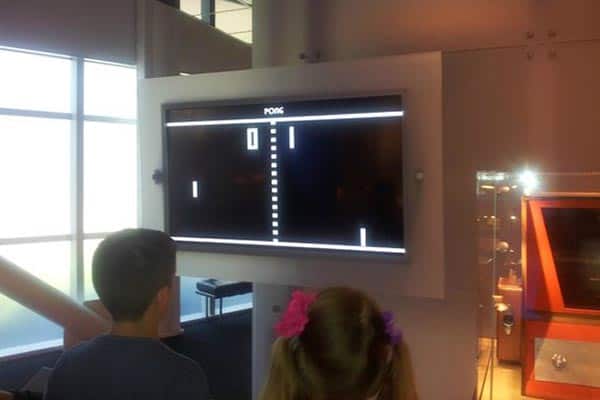
The Computer Games gallery at the museum allows each guest to travel to 1972 as a young engineer, Al Alcorn, creates one of the first video arcade games, Pong. From this new arcade game, the pioneering company Atari was born.
Pong is surrounded by a gallery that starts in the earliest days of computing, when computer programmers developed games for mainframes and, later, mini-computers and finally, for the computer game platforms we know today.
Available Tours
Different tours are available at the museum to feature some of the more niche aspects of the museum. The Women in Computing Tour highlights the remarkable women who have played a crucial role in the history of computing and their contributions.
The pioneers featured in this tour influenced the design and programming of some of the first computers and languages and laid the groundwork for women’s expanding involvement in technology and business.

The tour features nine women in the history of computing spanning nine different galleries: Calculators, Birth of the Computer, Early Computer Companies, Supercomputers, Mainframes, Digital Logic, Input and Output, Mobile Computing, and Networking and the Web.
Community Engagement
The Computer History Museum has become a major resource for students, educators, and families to learn about the technological innovations that have shaped the modern world.
Self-guided tours are available for teachers and their students, as well as docent-led tours to help engage the students in discussion.
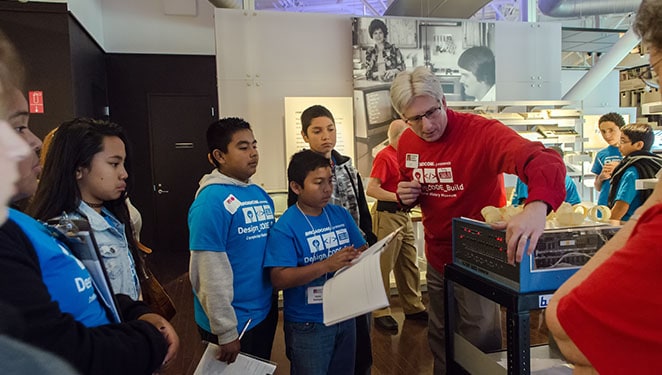
Family and community workshops are also available to adults with children ages 7 and up.
Hands-on activities that emphasize collaboration and problem-solving to help families develop a deeper understanding of the history of technology and its role in shaping our present and future.
How to Visit
The Computer History Museum is located at 1401 N Shoreline Blvd. Mountain View, California 94043, near San Mateo, CA. Tickets to the museum range from $17.50 to $46.00.
Admission options include General Admission, the Super Geek Package, and the Total Geek Experience. Website.
- Vermont: History, Horses, & the Arts - September 6, 2018
- Stops in NW Arkansas for a Hungry Outdoorsman - September 5, 2018
- The Best Guide to River Cruising in Europe & the USA - September 4, 2018



